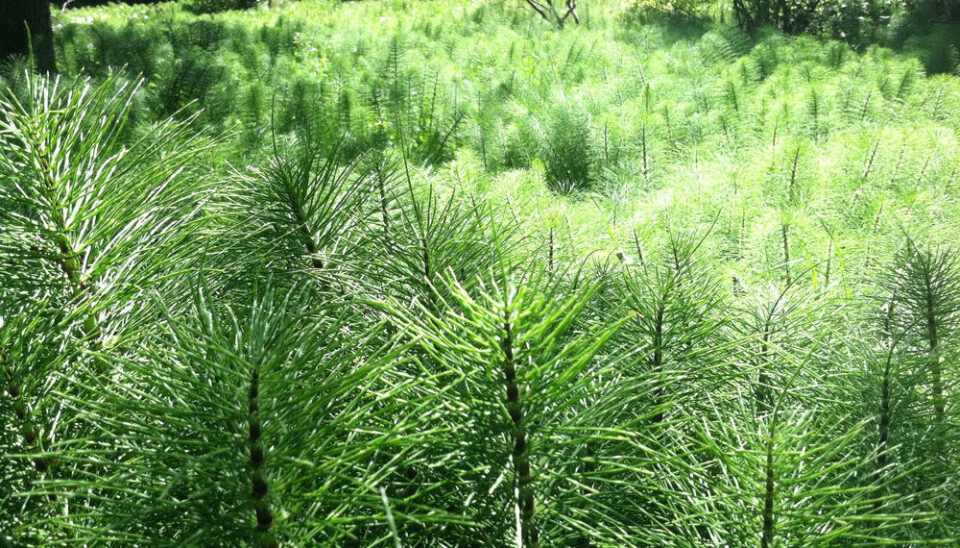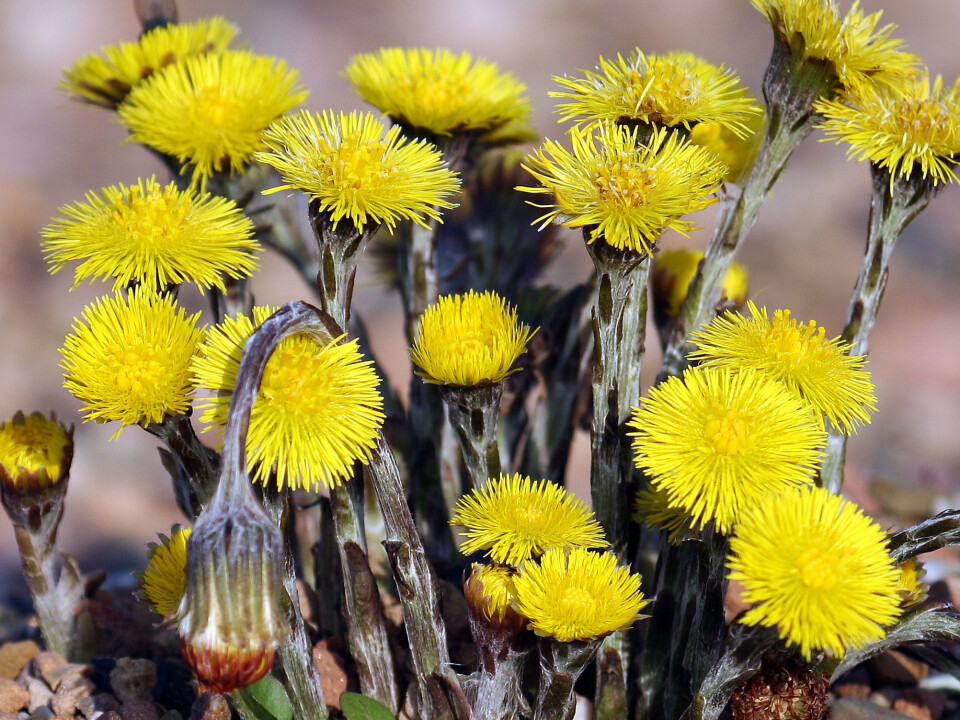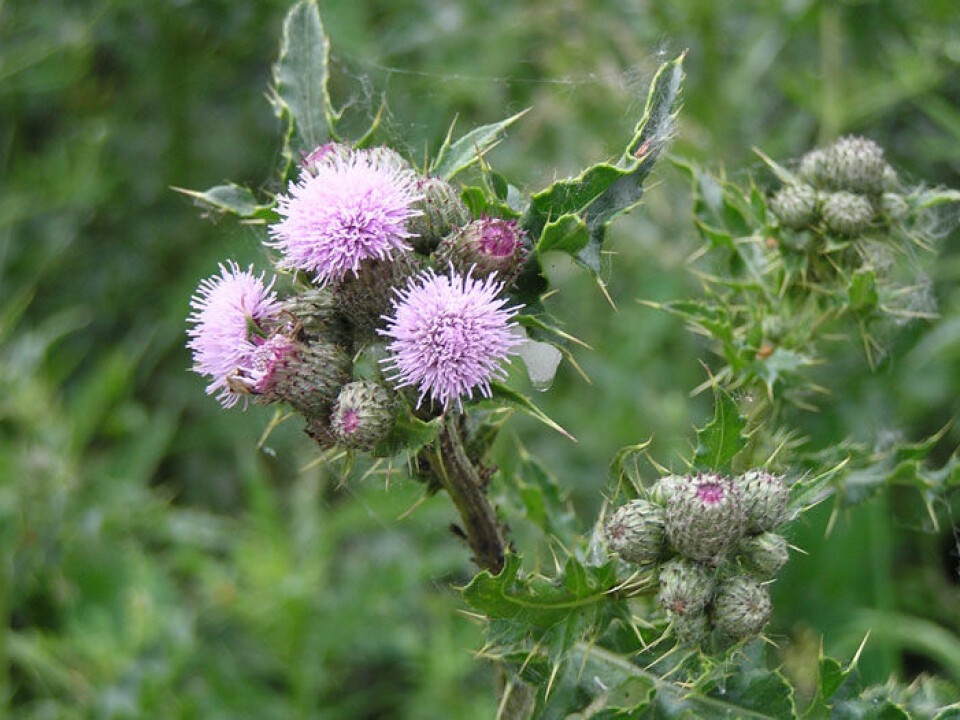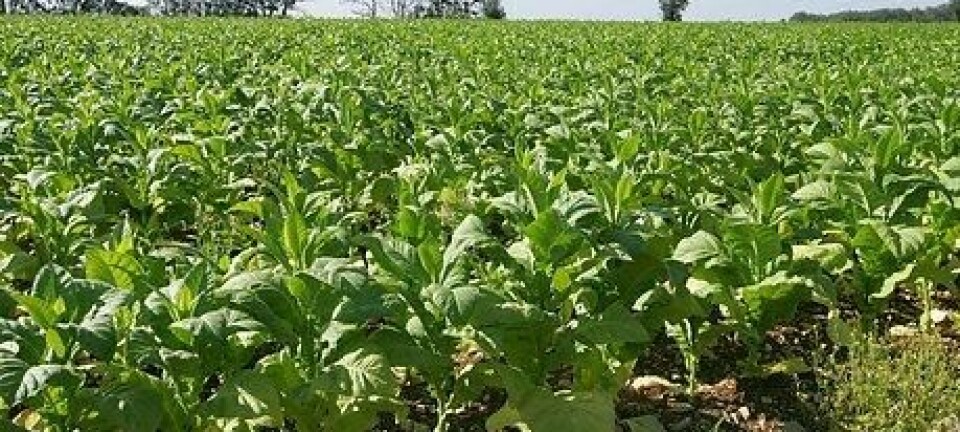
Cutting weeds in the fall is no help
Gardeners must attack in the summer to get rid of many perennial weeds.
Ridding your garden of weeds is no simple task, as any garderner can attest.
But new findings from Josefine Liew at the Swedish University of Agricultural Sciences (SLU) show that one of garderner's most common approaches to destroying weeds - attacking them in the autumn - is essentially a waste of time for some plants.
Liew looked at horsetails (Equisetum arvense), coltsfoot (Tussilago farfara), perennial sow thistle (Sonchus arvensis), creeping thistle (Circium arvense), and quackgrass (Elytrigia repens) for her doctoral research.
She found that these species, with the exception of creeping thistle, become dormant for a time in autumn.

This can explain why taking a scythe and a hoe to these plants at certain times is useless.
In pots from July to March
Liew planted the weeds in pots, and studied how they grew from July to March.
Every fortnight she brought her weed-infested pots indoors and slashed at everything growing above the soil. In an effort to imitate mechanical weeding and hoeing procedures, she even cut up the roots.
This method stimulates the growth of new shoots, forcing the plant to use the nutrients it has stored in its roots. It can be an effective method for weed control in the early summer, but not in the autumn.

The horsetails, perennial sow thistle and coltsfoot that she brought into a greenhouse in September and October stopped growing, even though they were provided with light and heat.
They had gone dormant, and were relying on nutrients drawn up from their roots instead of sprouting.
Contrary to earlier beliefs, quackgrass is affected by mechanical attacks on the roots in autumn.
Quackgrass reacted to the treatment by storing more nutrients in its roots, which is an advantage for the plant when it starts growing again.
Creeping thistle plants did not become seasonally dormant in the same way as the other weeds.
Must be cut early
If you want to fight weeds by cutting them, do it earlier when the plants are in full growth and budding. Liew says otherwise your efforts will have no effect.
Nor does the use of herbicides have any impact when the plants are dormant.
“But it’s important to cut off the weeds’ green parts early in the fall, because new nutrients are drawn into the root system as long as there are green shoots above ground,” Liew says in an SLU press release.
------------------------
Read the Norwegian version of this article at forskning.no
Translated by: Glenn Ostling










